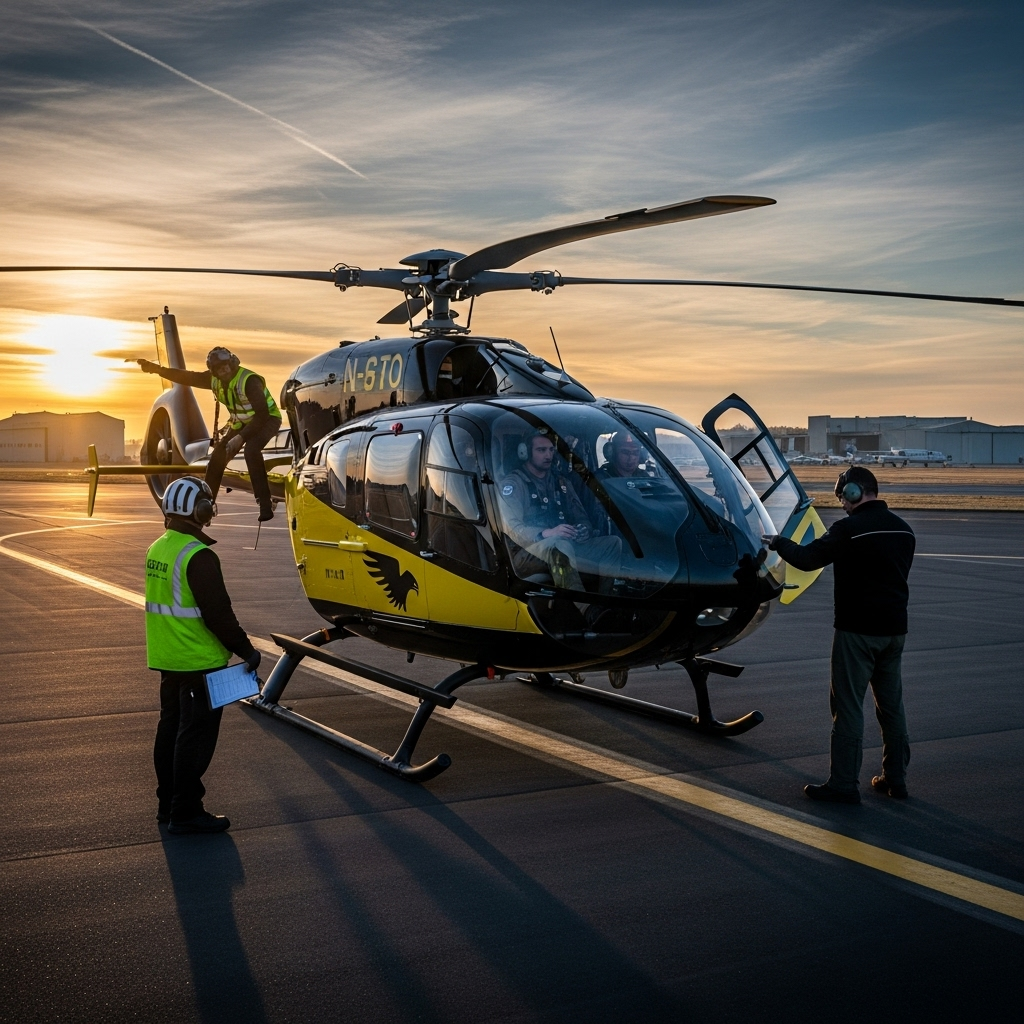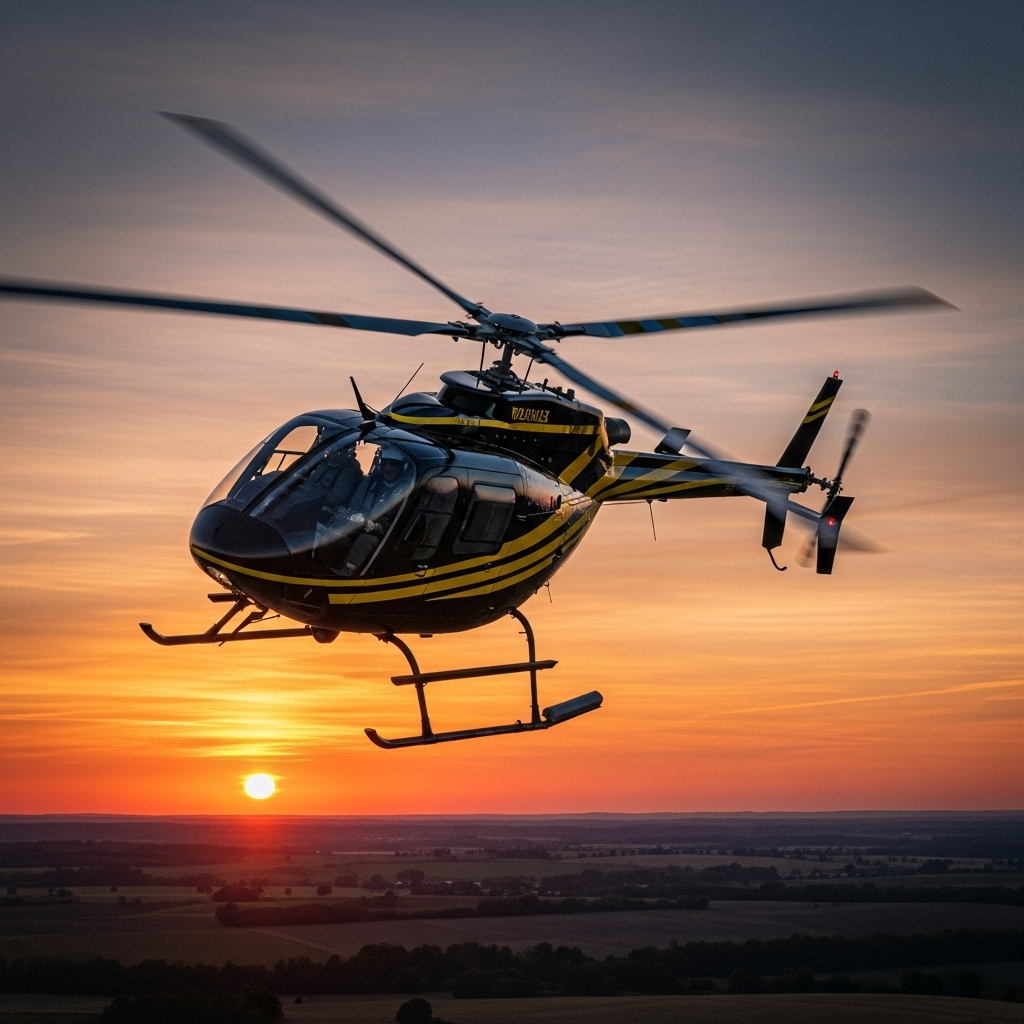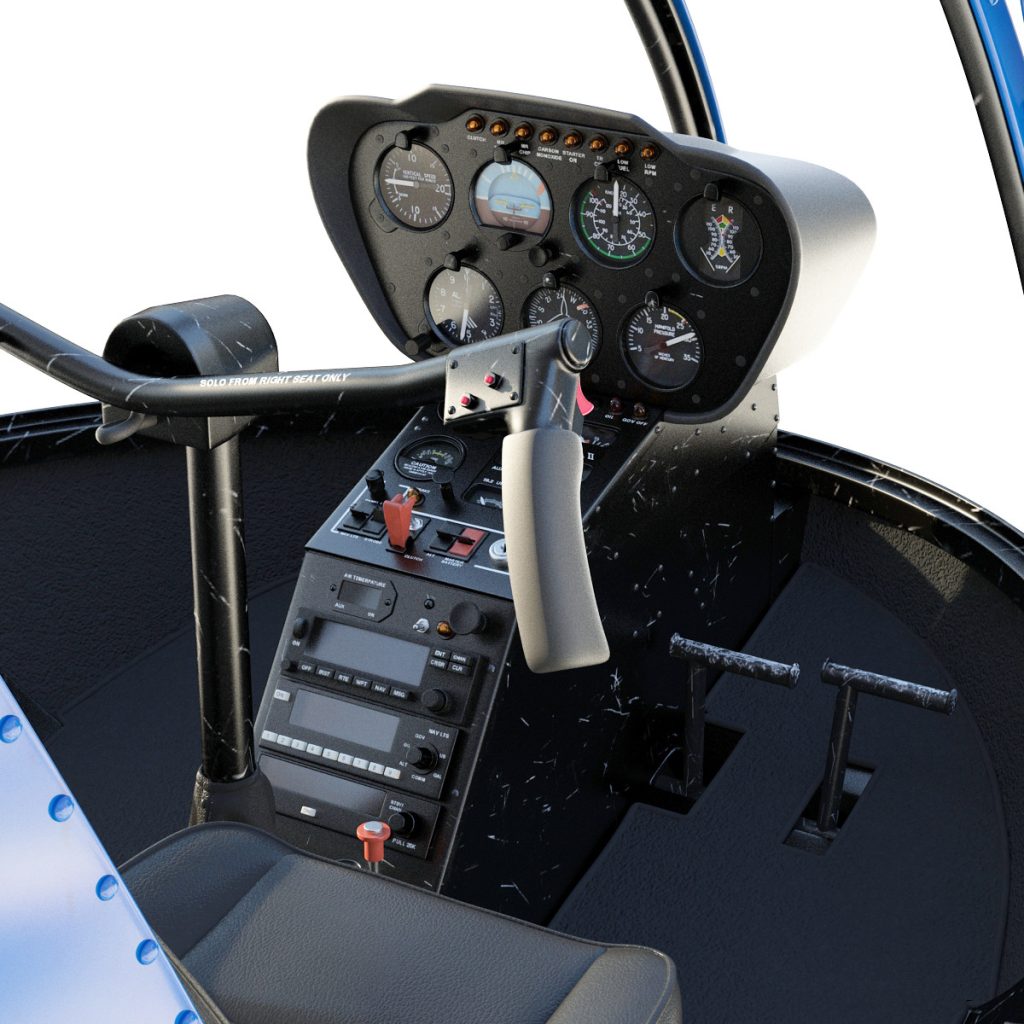The Importance of a Pre-Flight Checklist for Safety
Embarking on a flight, whether for leisure or business, involves numerous complex procedures that demand meticulous attention to ensure safety. A pre-flight checklist serves as a vital tool that helps pilots and crew systematically verify all essential aspects of the aircraft before departure. By establishing consistent pre-flight routines, professionals can minimize the risk of oversight, identify potential issues early, and foster a culture of safety from the very first step. In essence, a thorough pre-flight checklist acts as a safeguard, promoting confidence and peace of mind for everyone involved, and ultimately contributing to safer skies for all.
Key Components of a Comprehensive Pre-Flight Inspection
A comprehensive pre-flight inspection encompasses several critical components that collectively ensure aircraft readiness. It begins with exterior checks, including inspecting the aircraft’s fuselage, wings, control surfaces, tires, and landing gear for any signs of damage, leaks, or wear. Next, the aircraft’s fluid levels—such as oil, hydraulic fluid, and fuel—must be verified to meet operational standards. Inside the cockpit, pilots should confirm the proper functioning of instruments, avionics, lights, and emergency equipment, as well as securing all loose items. Additionally, reviewing weather conditions, flight plans, and weight and balance calculations are integral to understanding the operational environment and aircraft performance. Each element of this checklist plays a crucial role in identifying potential issues before takeoff, thereby enhancing safety and operational efficiency.
Step-by-Step Guide to Establishing Consistent Pre-Flight Habits
Creating and maintaining consistent pre-flight habits requires a systematic approach that can be integrated into daily routines. Begin by developing a standardized checklist tailored to your aircraft and operational procedures, and commit to following it diligently every time. Start each pre-flight with an external visual inspection, checking for any visible damage or irregularities, followed by verifying fluid levels and tire conditions. Transition smoothly into cockpit preparations, ensuring all instruments and controls are functioning correctly, and confirming that safety equipment is in place and accessible. Incorporate a mental review of the flight plan, weather conditions, and any special considerations. To reinforce these habits, consider using checklists physically or digitally, and perform the inspection in the same sequence daily. Consistency builds muscle memory, reduces errors, and ensures that nothing is overlooked, establishing a reliable routine from day one.
Tips for Maintaining and Updating Your Pre-Flight Routine
Maintaining and updating your pre-flight routine is essential to adapt to changing aircraft, regulations, and operational environments. Regularly review and revise your checklist to incorporate new safety procedures, technological advancements, or lessons learned from previous flights. Stay informed about industry best practices and regulatory updates to ensure your routine remains compliant and effective. Cultivate discipline by performing your pre-flight checks at the same time and in the same manner, fostering a habit that becomes second nature. Additionally, seek feedback from colleagues or instructors to identify areas for improvement and to reinforce safety culture. Keeping your routine dynamic and reflective of current standards ensures that your pre-flight habits remain a robust foundation for safe flying, ultimately protecting both crew and passengers.
Establishing a thorough and consistent pre-flight checklist from day one is a fundamental step toward ensuring aviation safety. By understanding the key components, following a step-by-step routine, and regularly updating your practices, you create a reliable safeguard that minimizes risks and promotes confidence. Embracing these habits not only enhances safety but also cultivates a professional mindset that values meticulous preparation, setting the stage for smooth and secure flights every time.


